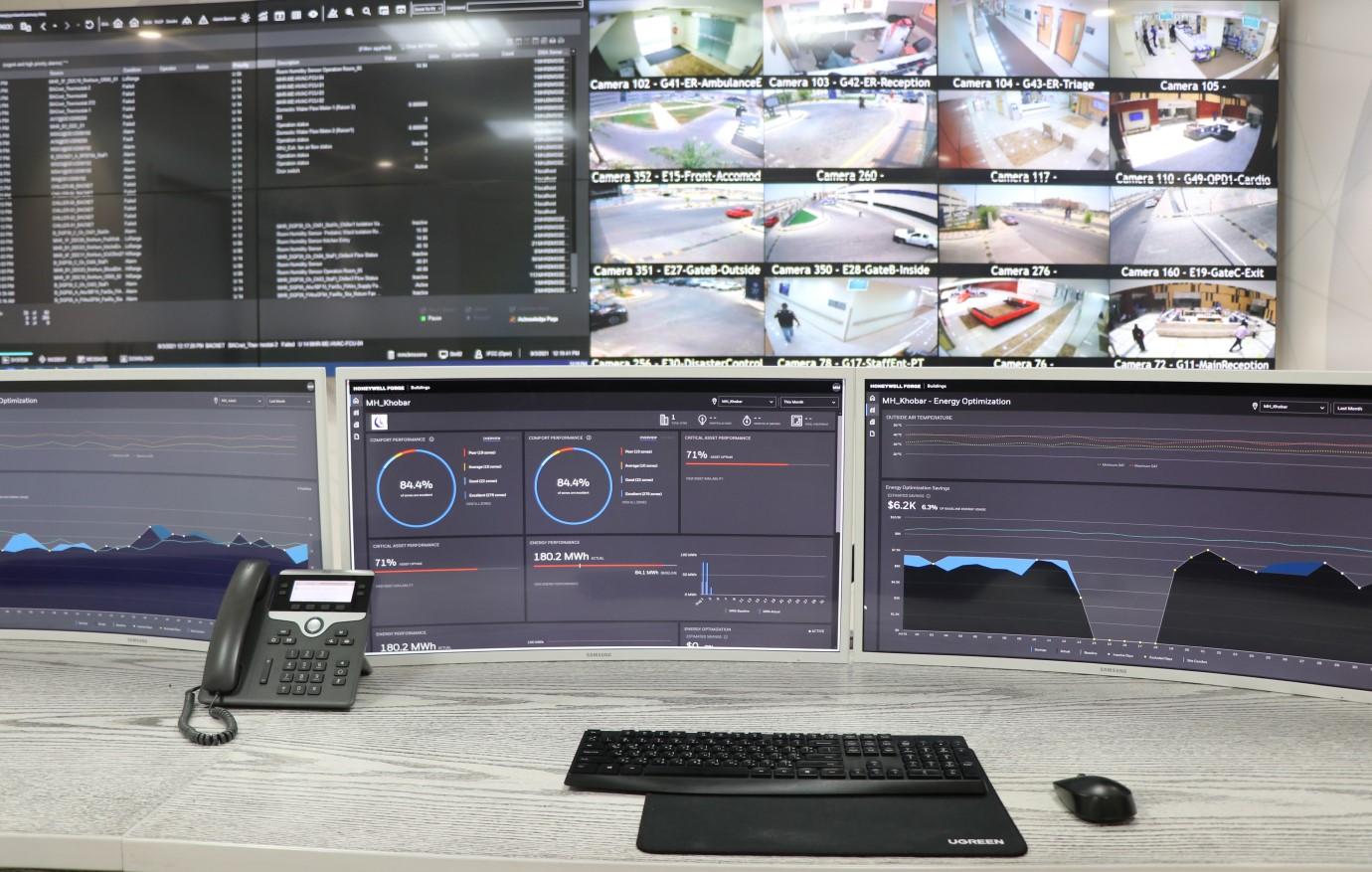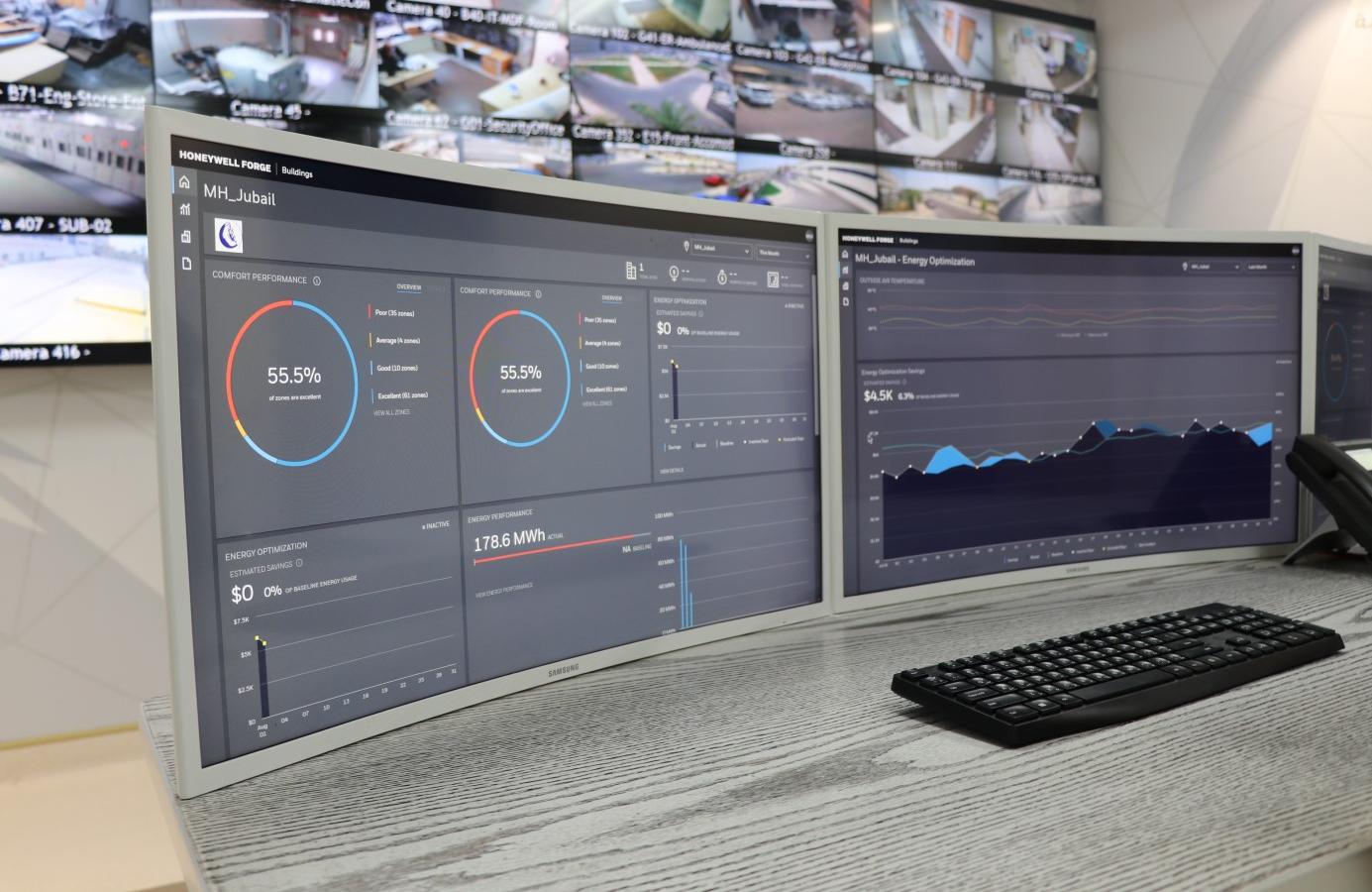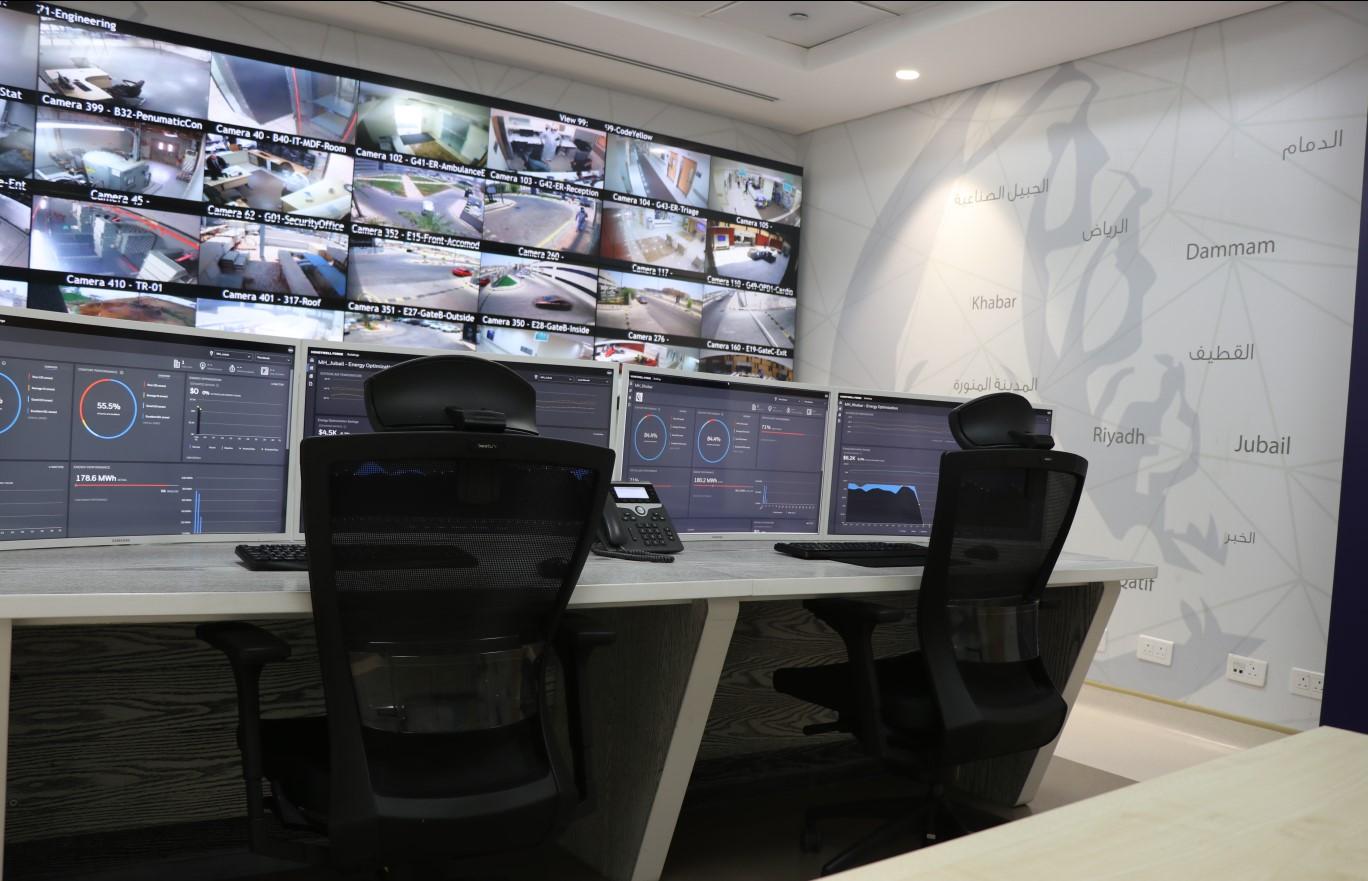What is a Building Management System (BMS)?
The BMSs’ core function is to manage the internal environmental conditions within a building, i.e., temperature, in a way that is as energy-efficient as possible.
A Building Management System (BMS) is a computer-based system installed in buildings to control and monitor mechanical and electrical plants, including HVAC (heating, ventilation, air conditioning), lighting, power systems, fire systems, and security systems.
Effective well-utilized Building Management Systems (BMS) provide the core management tool required by building managers to ensure monitoring and efficient management of energy and occupant comfort. It enables Building Managers to provide the optimal working environment while minimizing the cost. Effective BMS utilization allows for optimal building performance by extending equipment and systems' operational life by reducing loads and operating hours. Therefore, maintenance and capital costs are reduced, and less embedded energy is consumed through equipment replacement and upgrades.
BMS will show increases in energy use due to equipment failure or adjustments to operating parameters. For example, heating valves open when the building requires cooling. BMS may also indicate that air-conditioning is starting up hours before the building is fully occupied due to security staff activities. With this information in hand, the Engineering manager may rectify such issues through consultation or engineering solutions.
In the absence of a BMS, the impact of such events can be disguised by seasonal variations, changes in occupancy levels, or technology upgrades. A correctly configured BMS with an adequate number of precisely located monitoring points is the only way a building manager can quickly alert problems that could otherwise remain undetected until annual inspections or external audits are undertaken.
A BMS is also a primary tool for identifying energy intensity improvement opportunities, for example, refining the size and number of lighting time blocks, providing meaningful reports to the Environment of Care Committee on issues and opportunities, and enabling identification of faults, maintenance planning, and energy-saving upgrades.
What is a Smart Building?
A Smart Building is one in which the essential equipment and assets, like air handlers, chillers, boilers, lighting, etc. can communicate machine-to-machine. There’s an elaborate management system in place to control and optimize all the pieces.
A Smart Building aims to deliver useful services that help make occupants more productive and safer, at the lowest cost and with the least environmental impact. A Smart Building optimizes and minimizes energy usage and can operate using clean energy sources. It makes occupant security and quality of life top priorities. These priorities mean not only physical safety, such as connected fire suppression and alarm systems, but also health security— high-quality air and water, and more.
The equipment and systems in a Smart Building need to be connected and able to communicate from machine to machine. For example, a building’s chiller could receive weather data from outside and occupancy information from inside, so it operates only when needed to maintain its occupants’ optimal temperature.
What makes all this work? The availability of small, sophisticated, affordable sensors connected via the building automation software analyzes and uses the data generated by these sensors to manage and optimize operations. Smart Building systems can use the data generated to monitor performance, track the physical location of assets, detect potential operating issues, and improve preventive maintenance efforts.
Buildings today are complex concatenations of structures, systems, and technology. Over time, each of the components inside a building has been developed and improved, allowing us to select lighting, security, heating, ventilation, and air conditioning systems independently. Today, we seek to build, work, and live-in smart buildings as the right thing to do. Many governments and industry regulators set standards for constructing and managing facilities to meet environmental, safety, and sustainability requirements. LEED Leadership in Energy and Design Engineering is a certification program adopted by building owners and managers to certify their intent to comply with government and self-driven requirements.
Smart Buildings, which are one of the eight Smart principles behind Smart Cities, are expected to make up 7% of the total global smart city market in 2025. Smart Cities, cities that monitor all critical infrastructure conditions, including bridges, streets, water, electric systems, and more, are on the rise, as well. Frost & Sullivan estimates that by 2025, there will be more than 26 of them worldwide.
HVAC Control and Monitoring
BMS centralizes and simplifies
Controlling, Monitoring, Operation, and Management of
- Chillers.
- Air Handling Units.
- Fan Coil Units.
- Pumps.
- Boilers.
- VFD’s.
- Exhaust Fans.
- Smoke Management System.
- and more.
Monitoring and Controlling Indoor Air Quality.
Operation and Management.
Electrical System Monitoring
- Generator.
- UPS.
- ATS.
- Central Battery.
- Elevators.
- Fire Alarm System.
- Energy Usage Monitoring.
- Access Control System.
- Security Cameras.
BMS System Benefits
Man / Machine Interface
- interacts with the connected technical building equipment.
- user friendly.
- co-ordination of the flow of information through the system by implementing customized graphics.
- floor plans of the building.
- graphical representation of the equipment.
System Security
To prevent unauthorized use
- Password protection.
- Operator-specific access.
- Operator log summary.
Automatic logging of
- goperator activities and commands.
- processes related to connected devices, workstations, etc.
Alarm Management
Alarms are organized in the sequence of importance and time
- potentially dangerous situations.
- process value deviations.
Guiding the operator to take appropriate action through
- audible and visual indications.
- mobile alerts.
- Mobile App to alert Engineers on Critical and High priority Alarms.
Reporting
- presents customized subsets of data.
- the actual or historical state.
- export as a word or excel.
- The automatic gathering and storage of data from the field equipment for later analysis and reporting.
- Data uploaded to AI-based cloud platform for big data analysis and automation.
Time Scheduling
- time-based start/stop of the equipment.
- saves energy cost and efficient operation.
- effective for lighting, occupancy control.
- can be daily, weekly, for holidays or events.
Use of Artificial Intelligence in Comfort Performance, Energy Savings, and Maintenance Savings
Comfort Performance
- Improved indoor environment quality.
- Better temperature and humidity control.
- Faster response to occupant needs, end-user complaints, trouble conditions.
Maintenance Savings
- Efficient control gives less wear and strain to mechanical equipment.
- Provides longer life.
- Runtime monitoring alerts timely.
- Maintenance of equipment avoids expensive failures.
Energy Savings
- Eliminates unnecessary system operation.
- Accurate energy usage information.
AI-based cloud
- platform predicts maintenance issues,
- overcooling/heating,
- sensor malfunction.
Centralized Command and Control
Based in Mouwasat Hospital, Khobar, Central Facility Command Center to Monitor and Control the Performance across all Mouwasat Hospitals Building Management System and Maintenance Management System.




